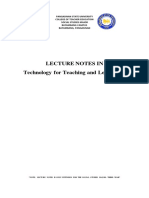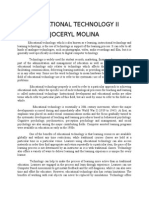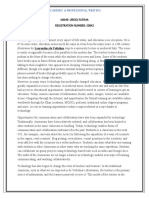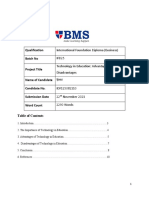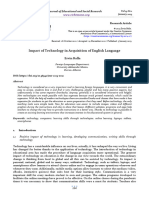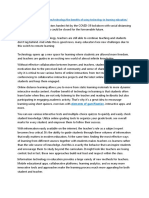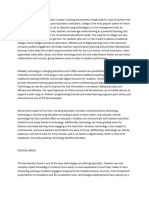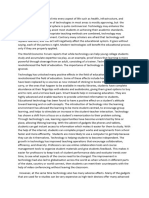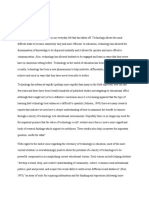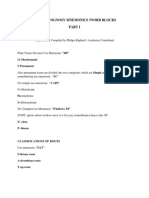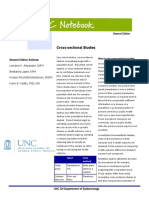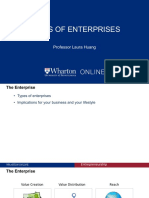0% found this document useful (0 votes)
143 views10 pagesFinal Draft 4
This document discusses how technology has impacted education. It begins by describing how schools had to transition to online learning during the COVID-19 pandemic. It then discusses several ways that technology positively impacts education, such as by connecting students and teachers through virtual classrooms and communication tools, enhancing learning through simulations and games, and providing new opportunities for flexible learning. While technology can potentially isolate students, it can also foster collaboration when used appropriately. Overall, the document argues that technology has greatly benefited education.
Uploaded by
api-549248807Copyright
© © All Rights Reserved
We take content rights seriously. If you suspect this is your content, claim it here.
Available Formats
Download as DOCX, PDF, TXT or read online on Scribd
0% found this document useful (0 votes)
143 views10 pagesFinal Draft 4
This document discusses how technology has impacted education. It begins by describing how schools had to transition to online learning during the COVID-19 pandemic. It then discusses several ways that technology positively impacts education, such as by connecting students and teachers through virtual classrooms and communication tools, enhancing learning through simulations and games, and providing new opportunities for flexible learning. While technology can potentially isolate students, it can also foster collaboration when used appropriately. Overall, the document argues that technology has greatly benefited education.
Uploaded by
api-549248807Copyright
© © All Rights Reserved
We take content rights seriously. If you suspect this is your content, claim it here.
Available Formats
Download as DOCX, PDF, TXT or read online on Scribd
/ 10








